Last updated on July 28th, 2021
An incandescent light bulb contains a wire filament through which electric current is passed so that it gets heated and glows. Surrounding the filament in the bulb there is vacuum or an inert gas which protects the filament from oxidation. Here are 25 facts about the light bulb that shed light on its history, uses, and further development.
1. Just ten percent of an incandescent light bulb’s energy produces light. The remaining ninety percent produces heat. In contrast, a CFL (Compact Fluorescent Light) bulb uses eighty percent less energy than a traditional bulb, and lasts about twelve times longer.
2. Incandescent light bulbs come in various wattages, such as 100 watts or sixty watts. The amount of energy used by the bulb each hour is determined by its wattage.
3. When looking for a new incandescent bulb, it is better to focus on its lumen rating – rather than its wattage. Lumens measure the brightness of a bulb, whereas watts just measure a bulb’s energy consumption.
4. Incandescent light bulbs were ineffective and rarely used until the 1870s, when Thomas Edison and Joseph Swan improved them. This led to the widespread use of electric bulbs in businesses and homes. The bulbs had filaments made from carbon, before tungsten filaments were introduced at the beginning of the twentieth century. Tungsten filaments produce brighter light and last longer.
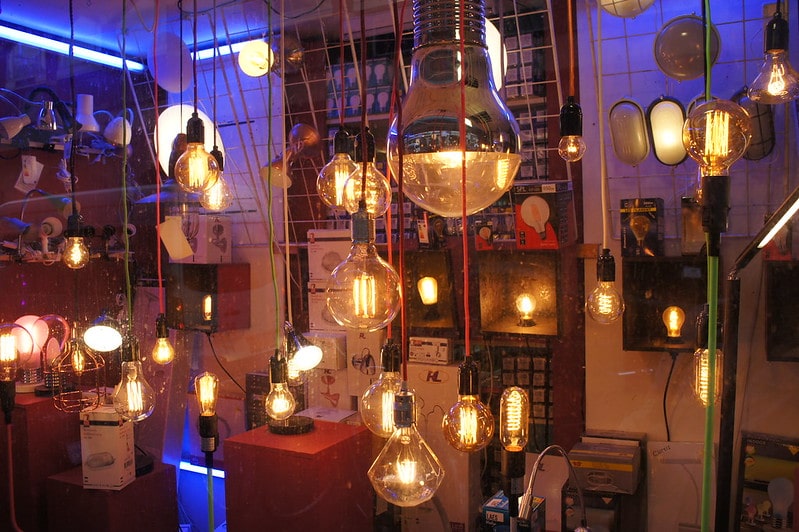
5. Incandescent light bulbs were not invented by Thomas Edison. Prior to Edison’s designs, twenty-three other bulbs had been developed. For example, in 1809, electric lighting pioneer Sir Humphrey Davy produced the first ever electric arc lamp. Later, in 1820, Warren De la Rue developed the first ever incandescent light.
6. Originally, light bulb filaments had a dimmer glow than today’s filaments and were wound more loosely. Early light bulbs were easy on the eye, with a yellow/orange glow and twisted filament loops.
7. Pele, the legendary Brazilian footballer, was named in honor of electricity pioneer Thomas Edison. His parents named him Edson Arantes (dropping the ‘i’), and Pele was just a childhood nickname.
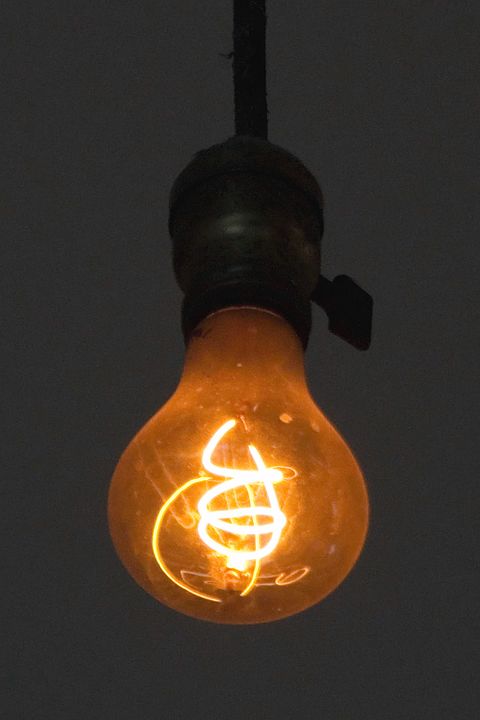
8. The Centennial Light incandescent light bulb, at the Livermore/Pleasanton Fire Department in California, has been used since 1901 – making it the world’s longest lasting bulb.
9. In comparison to other forms of lighting, incandescent bulbs have a shorter lifespan. Typically, a home light bulb will last for about 1000 hours. In contrast, LEDs and compact fluorescents will last for at least 20,000 hours and 10,000 hours respectively. LED lamps, high intensity discharge lamps and fluorescent lamps can be used to replace incandescent bulbs.
10. Irving Langmuir discovered that it was possible to double the efficiency of light bulbs by putting an inert gas, such as nitrogen, inside them. After this breakthrough in 1913, scientists made further enhancements over the next four decades that made incandescent bulbs more efficient and more affordable.
11. Halogen lamps are incandescent lamps, with capsules holding a specific composition of halogen gas around the heated filaments. This boosts the efficiency of the lamps, because they use less energy than normal incandescent bulbs – although they are more expensive.
12. To protect them from the air, filaments of incandescent light bulbs are kept inside the glass. Then, air inside the bulbs is substituted for harmless noble gas, such as argon or neon. Alternatively, the air is extracted using a vacuum.
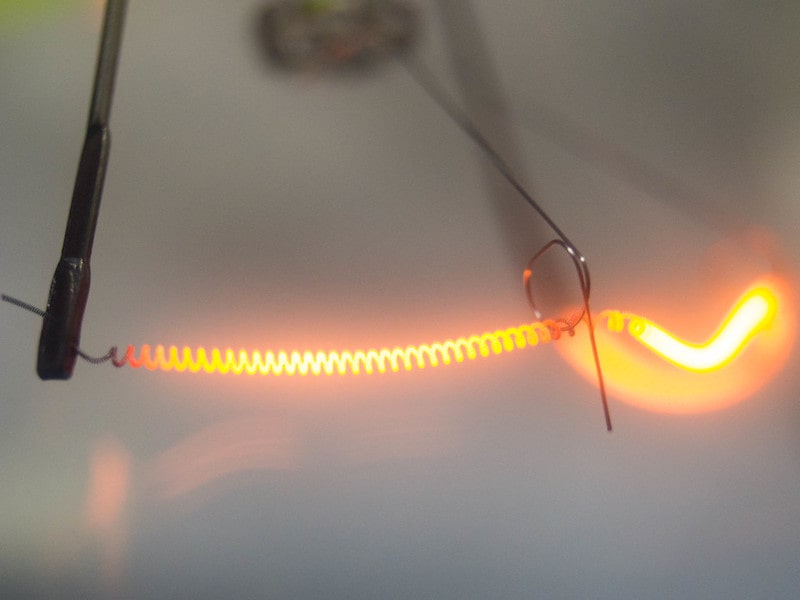
13. The General Electric Company patented their method for producing tungsten filaments for incandescent light bulbs in 1906. During Edison’s time, the equipment required to create the fine wires for these filaments did not exist.
14. Incandescent lamps have been a common feature of households for well over a century. Over the past ten years, there has been a big push to improve the efficiency of light bulbs by introducing compact fluorescents. Nonetheless, efforts to ban incandescent bulbs have been met with considerable resistance.
15. When it comes to dimmability, incandescents are hard to beat. Unlike some lighting technologies, they do not emit inferior light when used with dimmer switches. The LED sector is pulling out all the stops to develop a product that has this quality.
16. In 1880, once Edison had achieved success with his light bulb designs, he founded the Edison Electric Illuminating Company of New York. This business was set up with funding from rich investors, such as JP Morgan.
17. Although the human eye does not always notice it, incandescent bulbs tend to flicker quite frequently. Rapid gas movements make these bulbs work, and this is what causes them to flicker. Subconsciously, these rapid movements of light can disrupt people’s concentration.
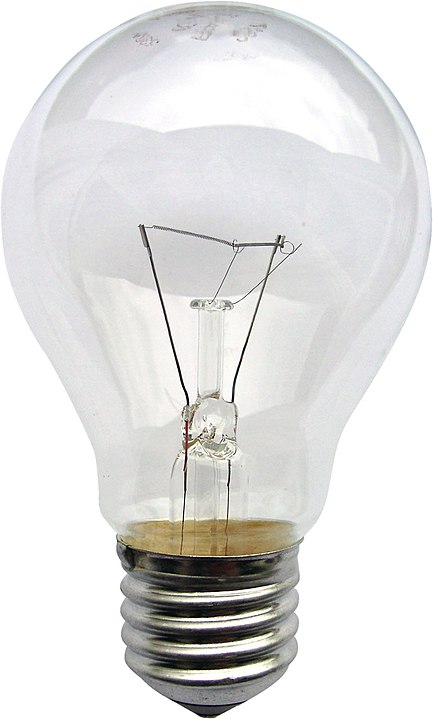
18. Incandescent light bulbs have Edison twenty-seven millimeter (E27) male screw bases that are medium sized. While energy efficient light bulbs are now used more commonly than these lovely filament bulbs, they are still available as vintage light bulbs.
19. As well as improving the design of the light bulb itself, Edison and his team of researchers devised a method of supplying homes with electricity. This method was called the electric power system, and it allowed domestic light bulbs to be used by the wider public.
20. Renown for the warm light they produce, incandescents can improve the appearance of people’s skin. In contrast, fluorescent lights are criticized for the bluish, harsh light they produce.
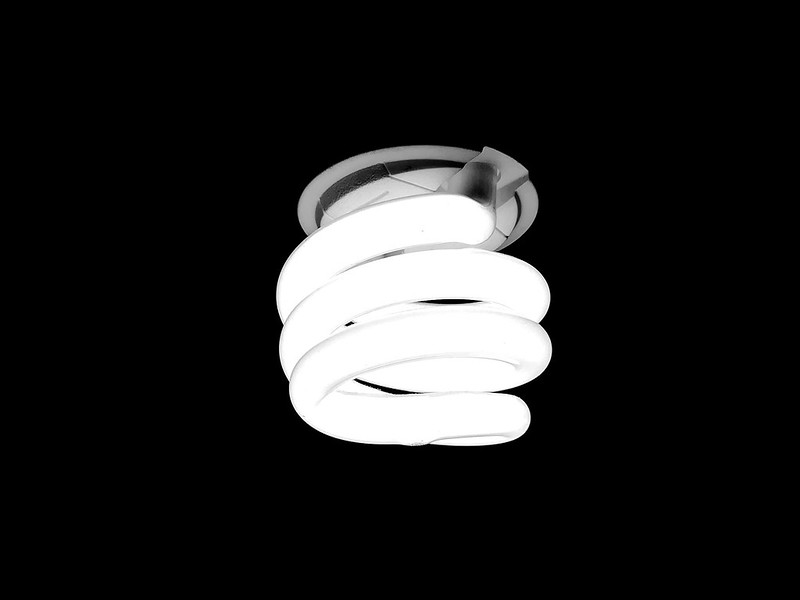
21. Several years ago, it was announced that incandescent bulbs would be replaced eventually, because they failed to meet federal standards for energy efficiency. Since 2014, they have not been manufactured in America.
22. Incandescent light bulbs are still commonly used for domestic purposes. For example, most forms of portable lighting, such as electric torches and vehicle headlamps, use incandescent bulbs.
23. As time passes, the filaments of incandescent light bulbs erode – which causes them to burn out. The filaments are weakened by constant heating, until they break and are unable to conduct electricity. When this happens, the bulbs can not produce light and have to be replaced.
24. One notable characteristic of incandescent bulbs is their color rendering ability. Incandescent bulbs with a 2700K color temperature have a perfect CRI (Color Rendering Index) rating of 100. This CRI score reduces slightly when the color temperature increases, although it usually remains above ninety-five (which is still outstanding).
25. If all American homes replaced one of their incandescent bulbs for a CFL bulb, it would save enough energy to power three million households each year.
